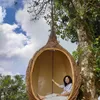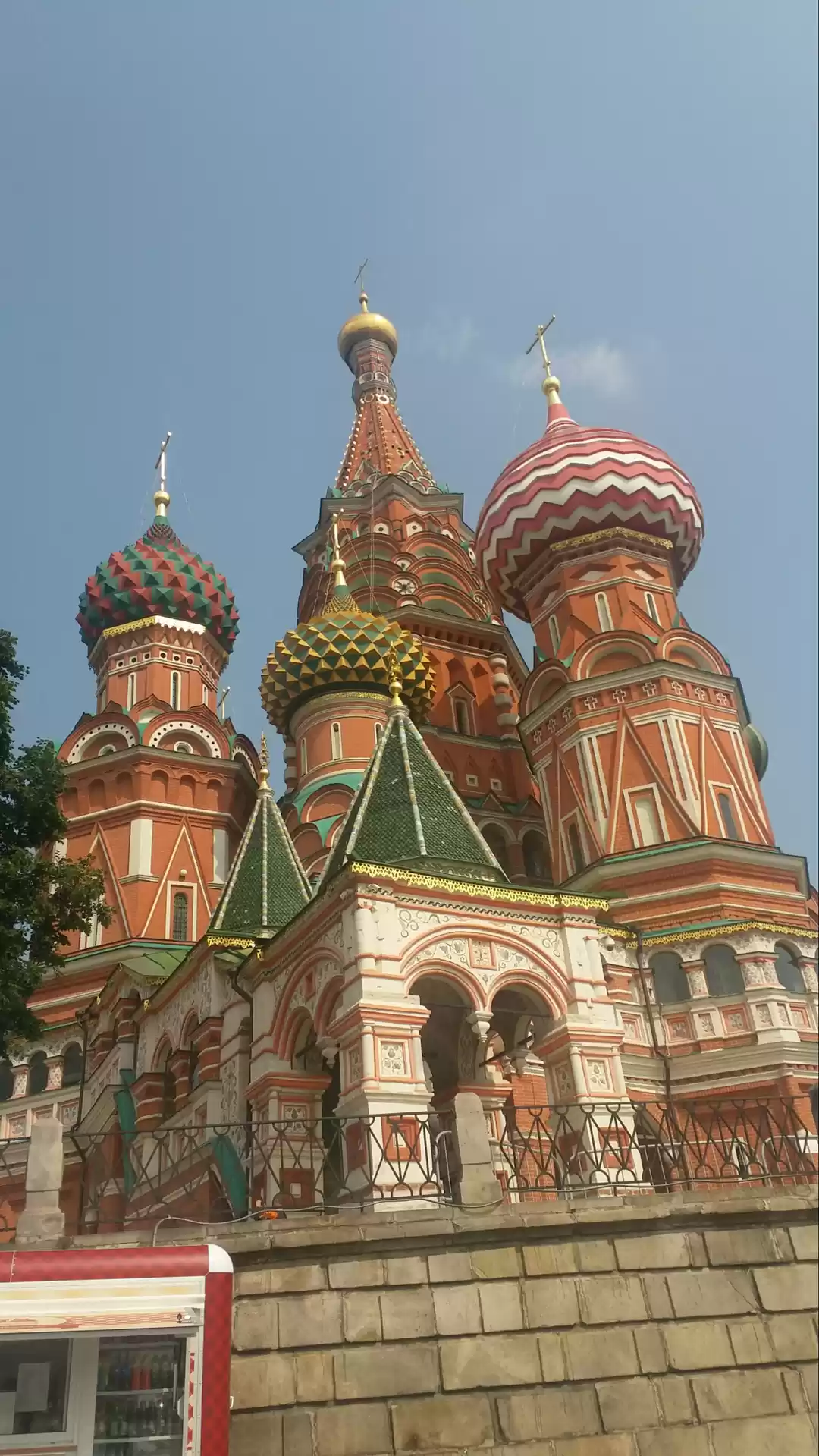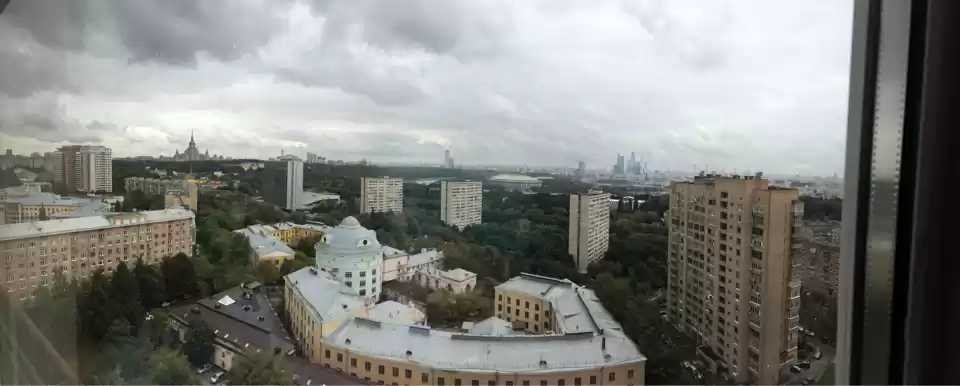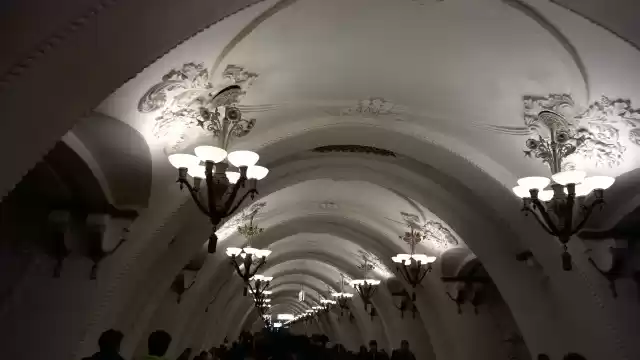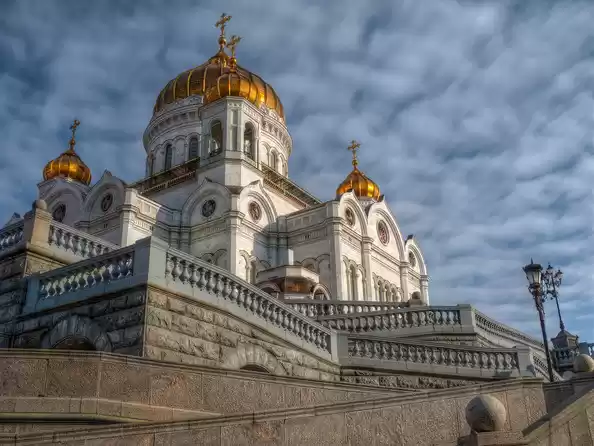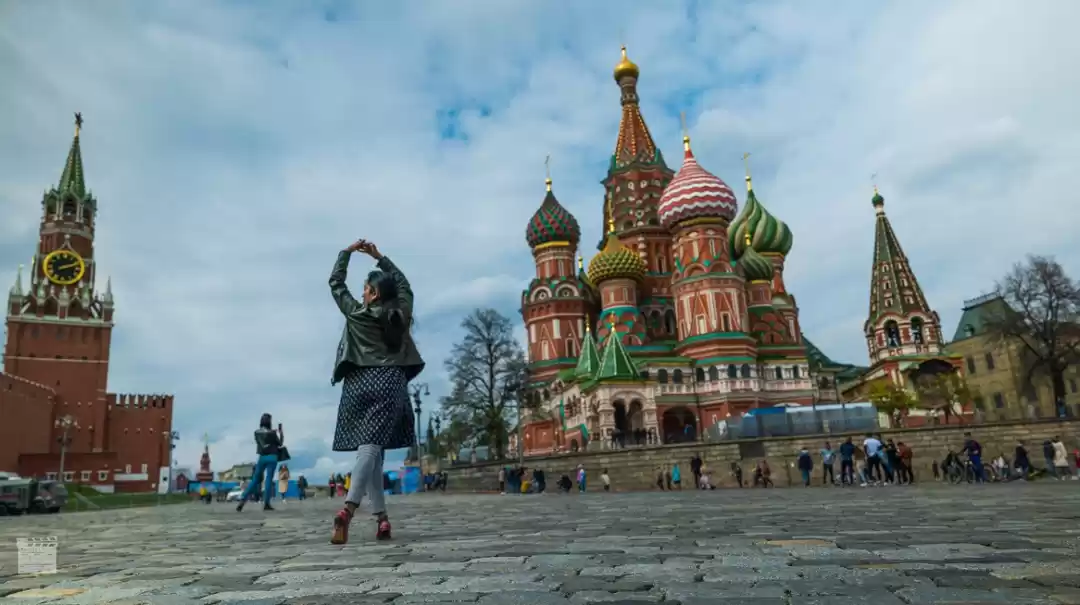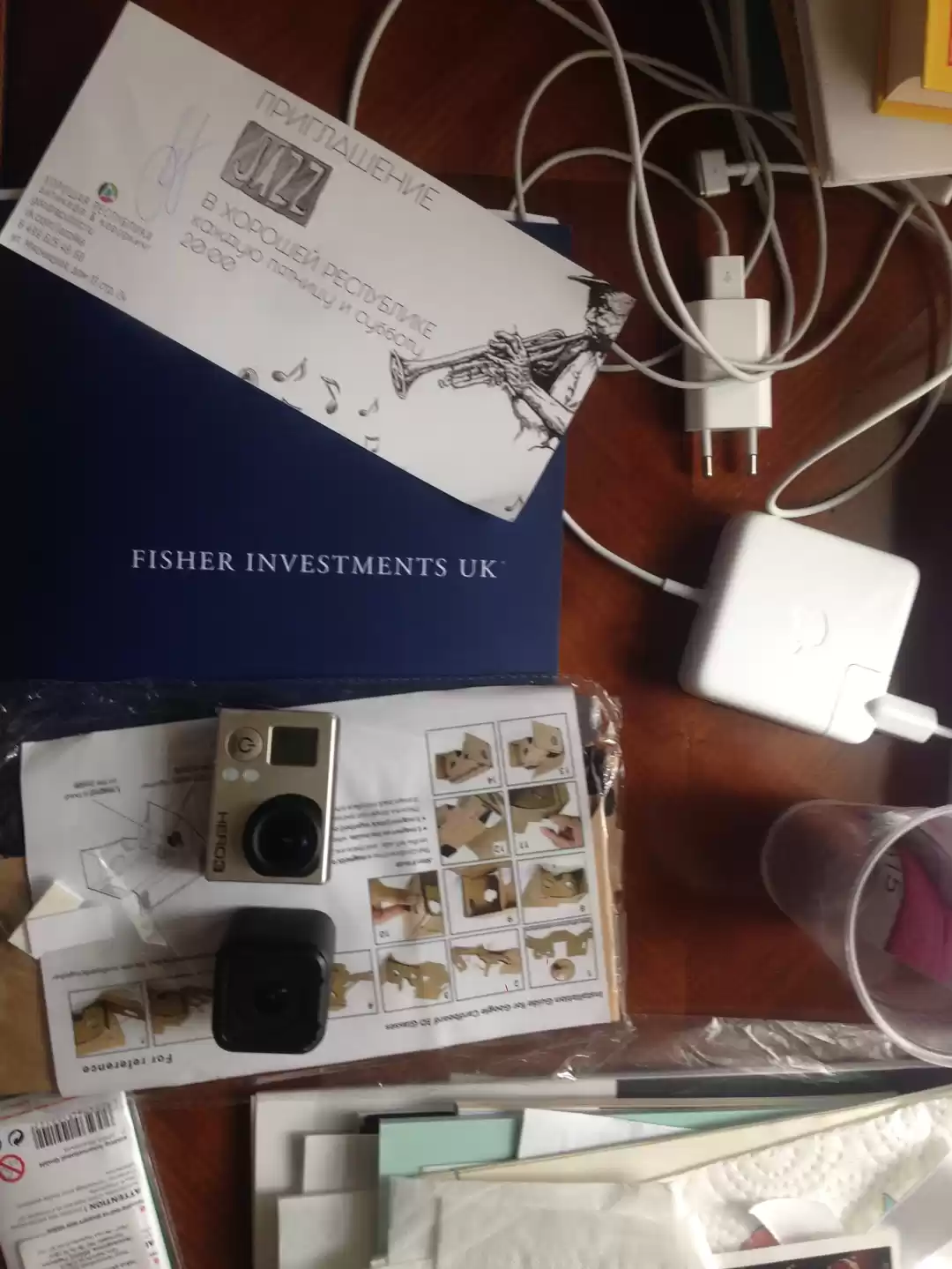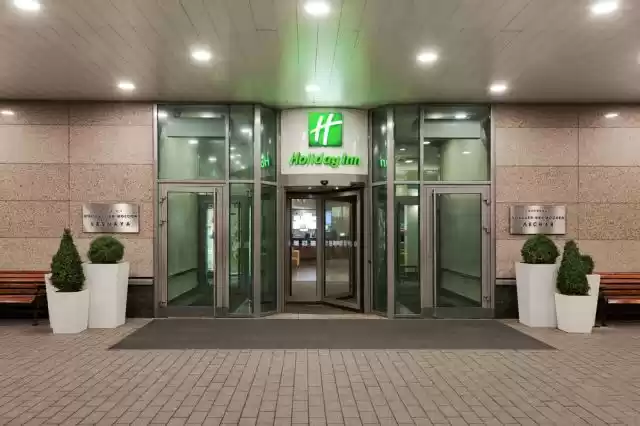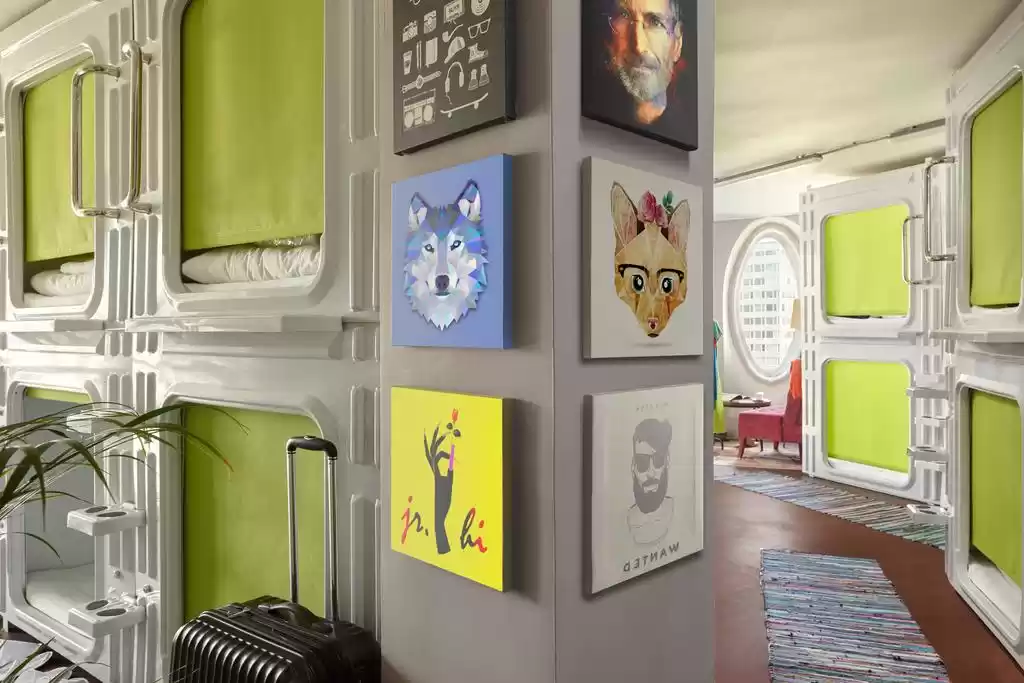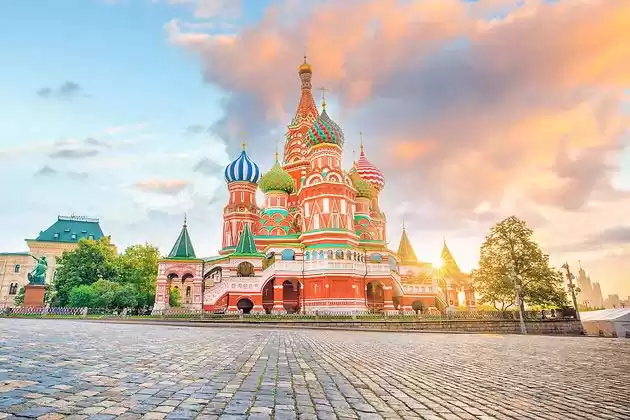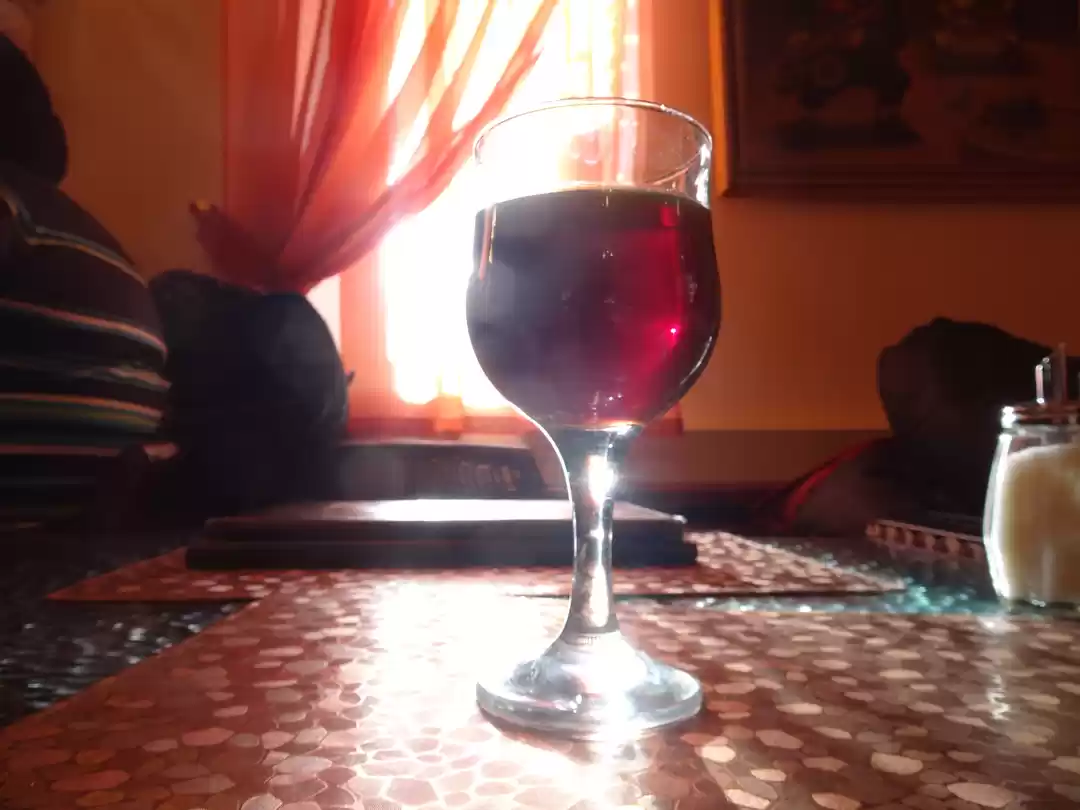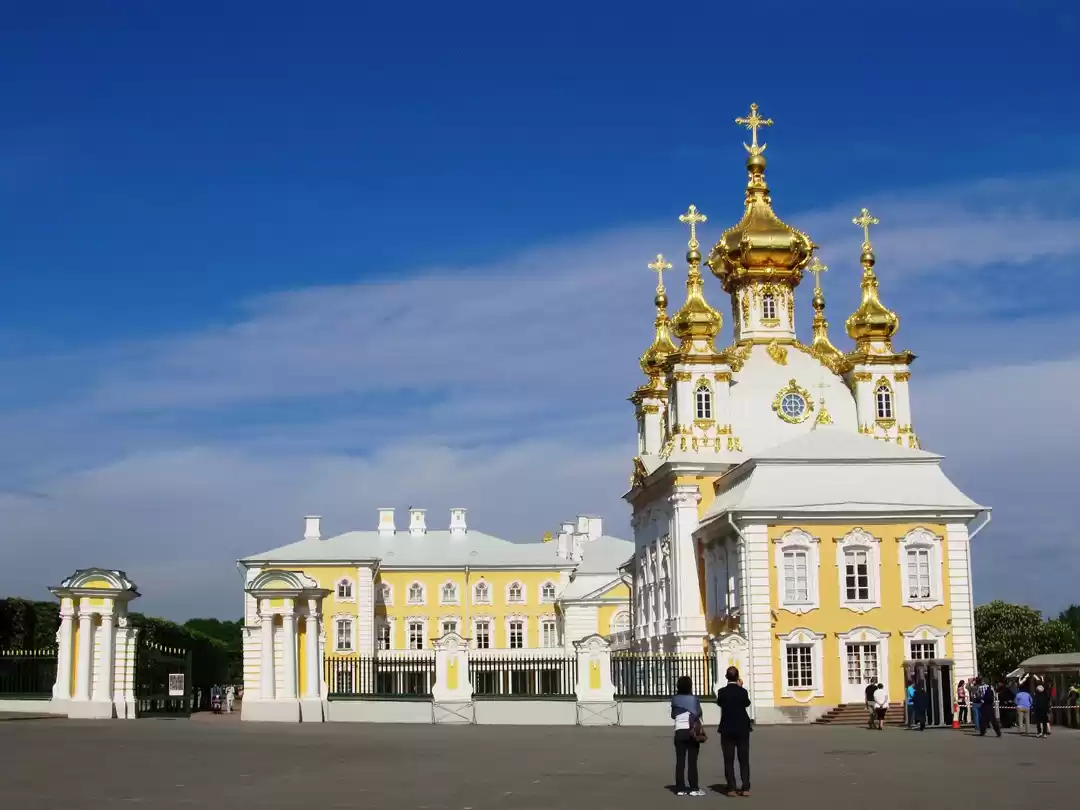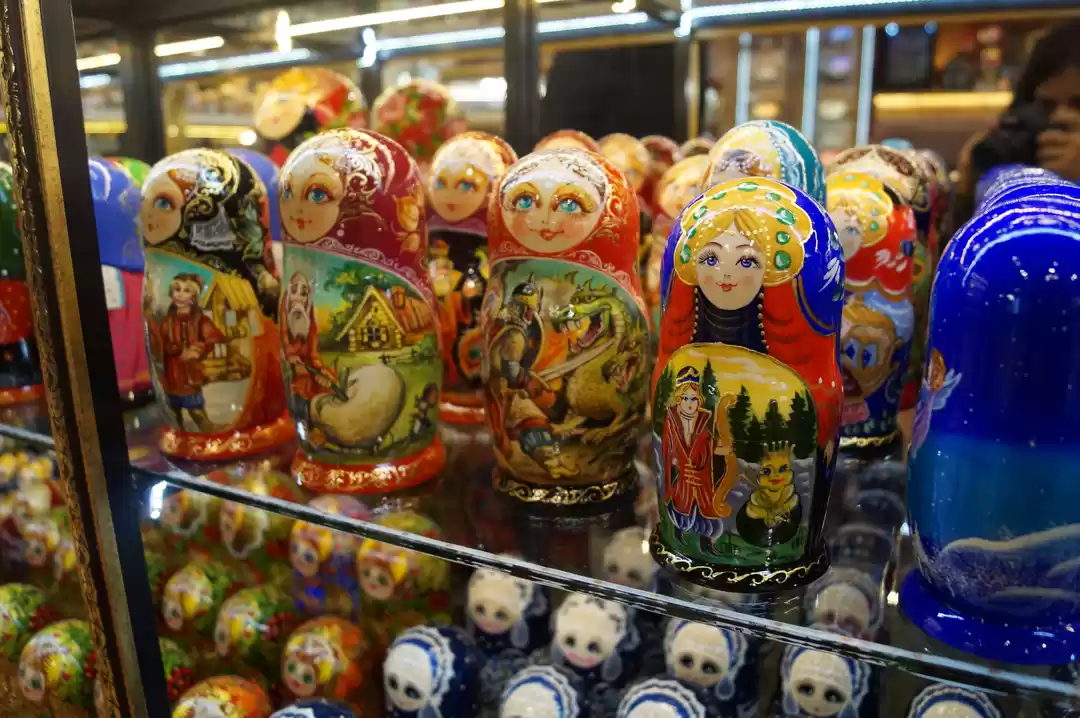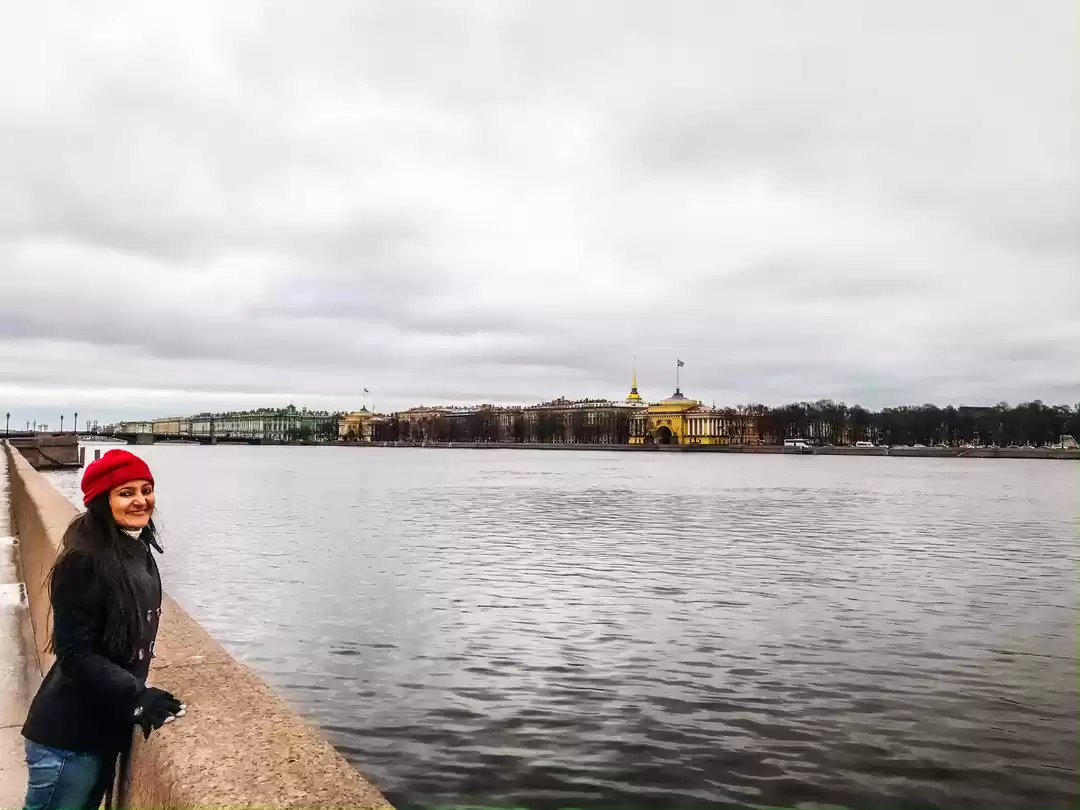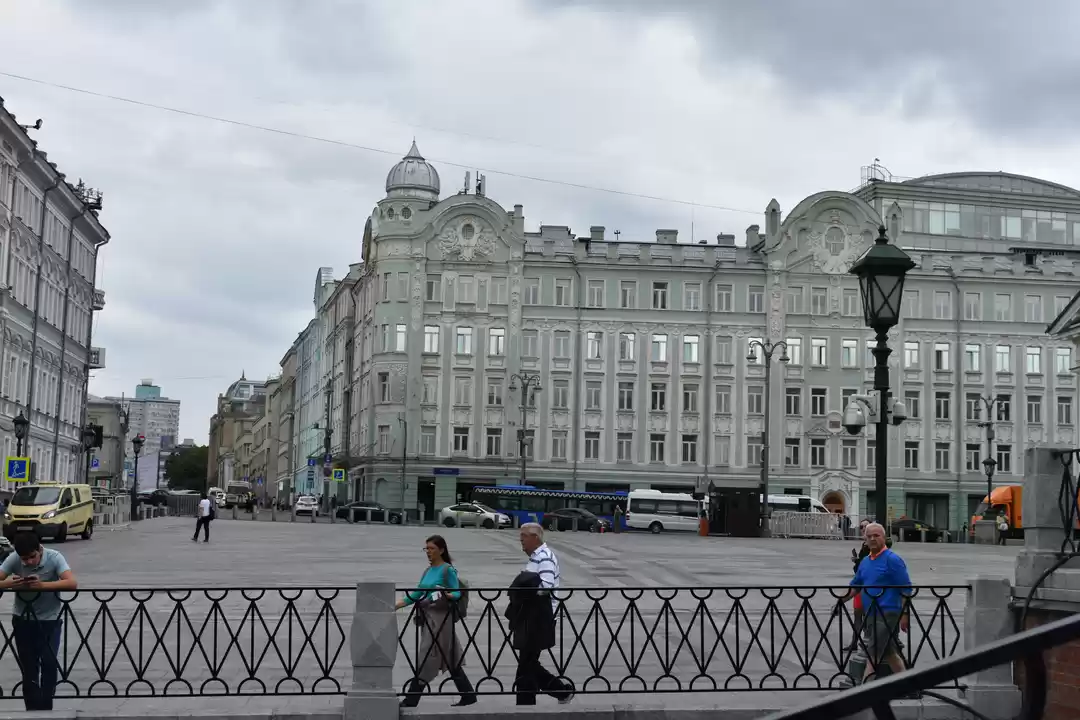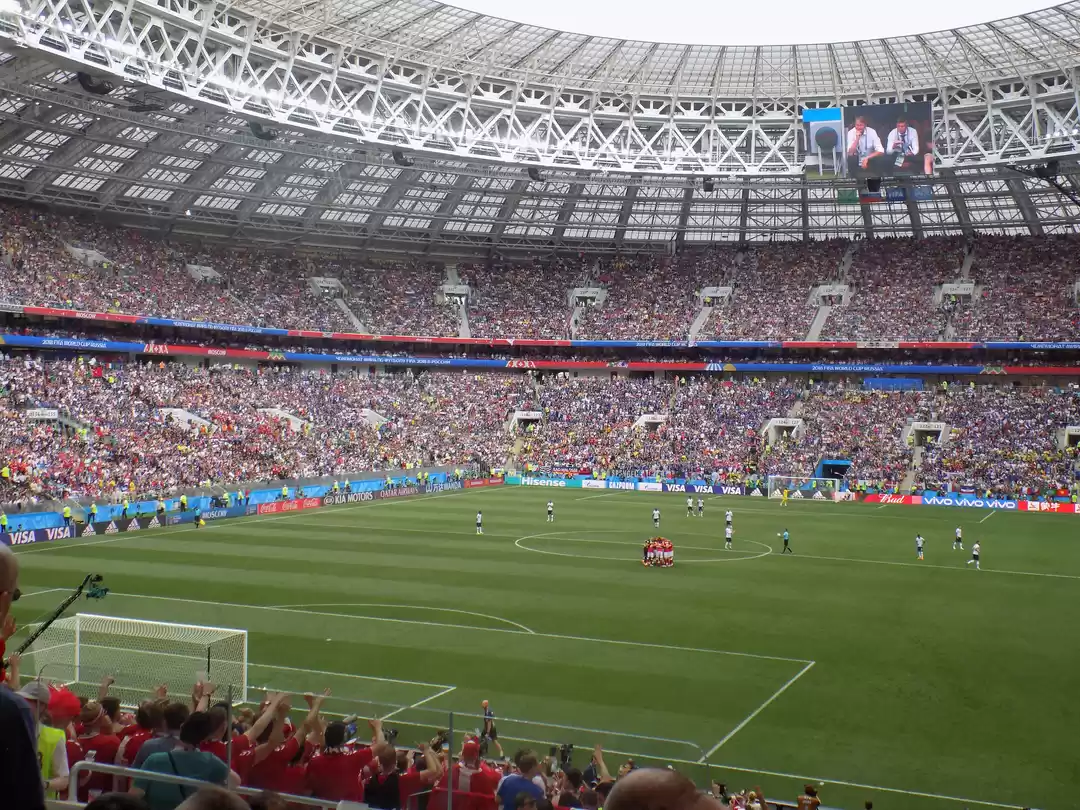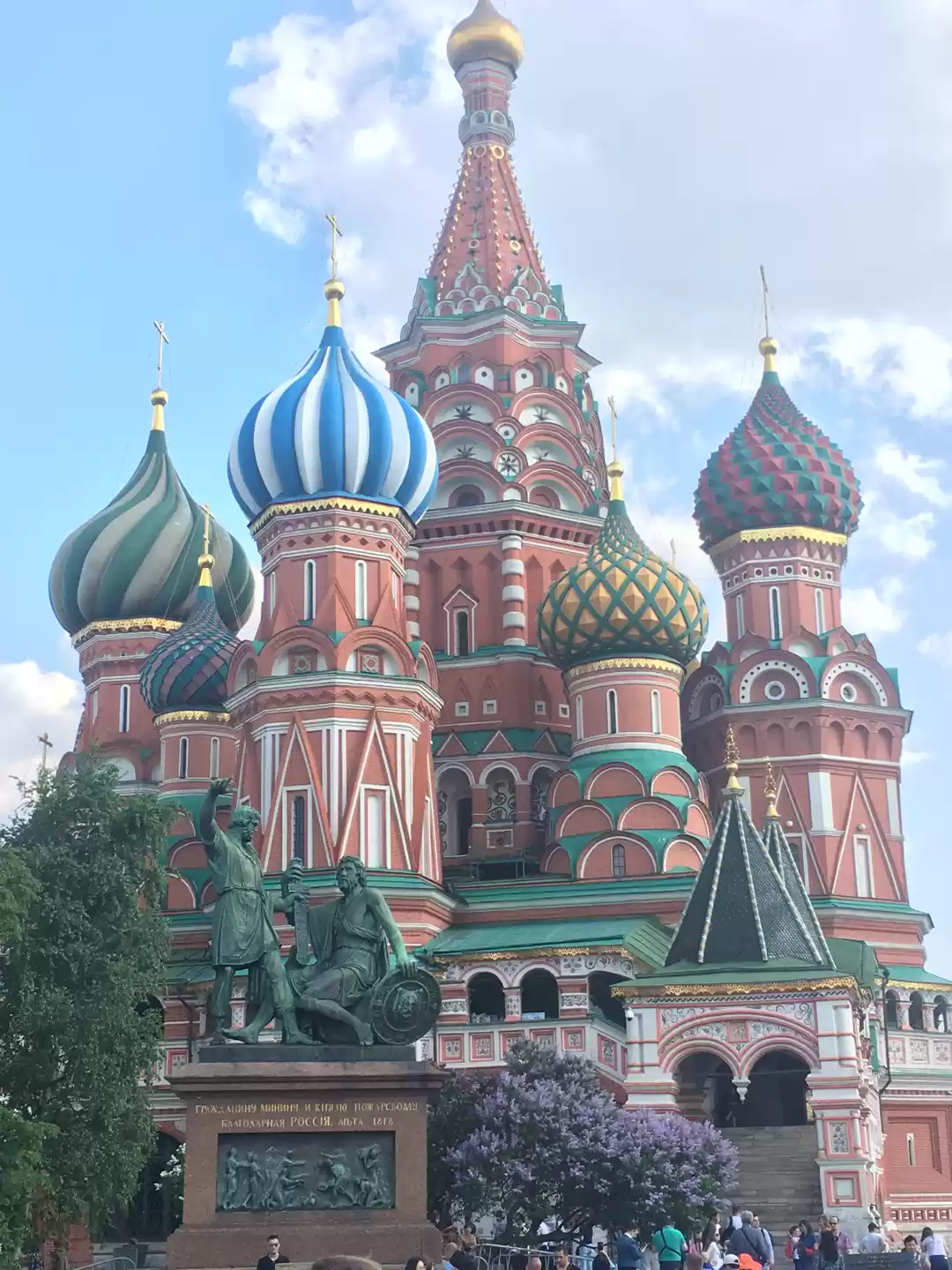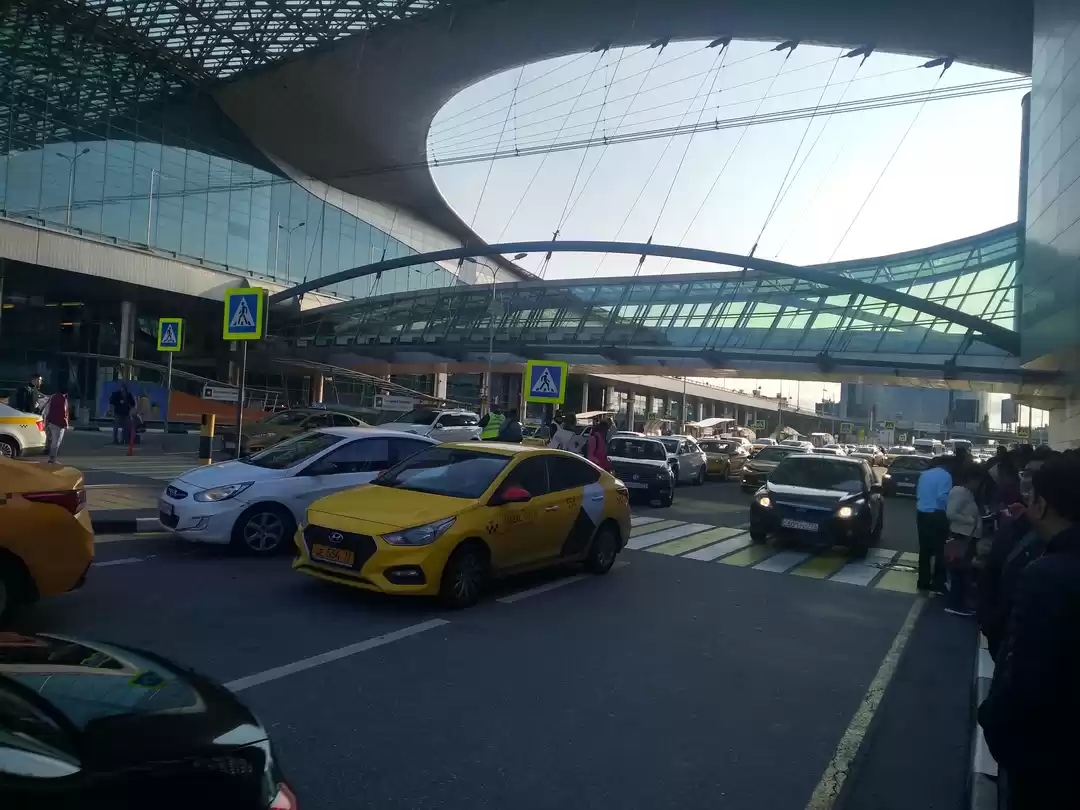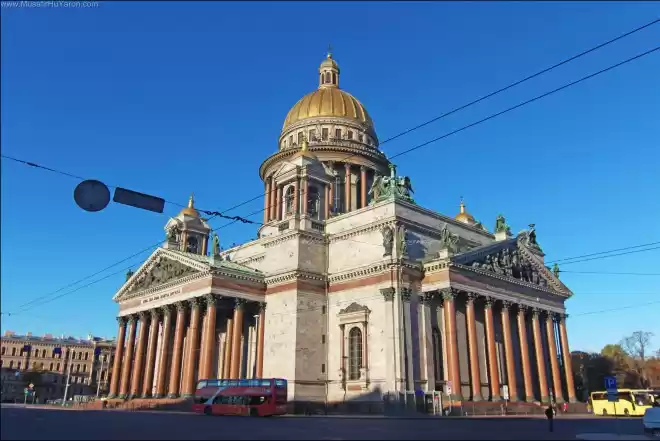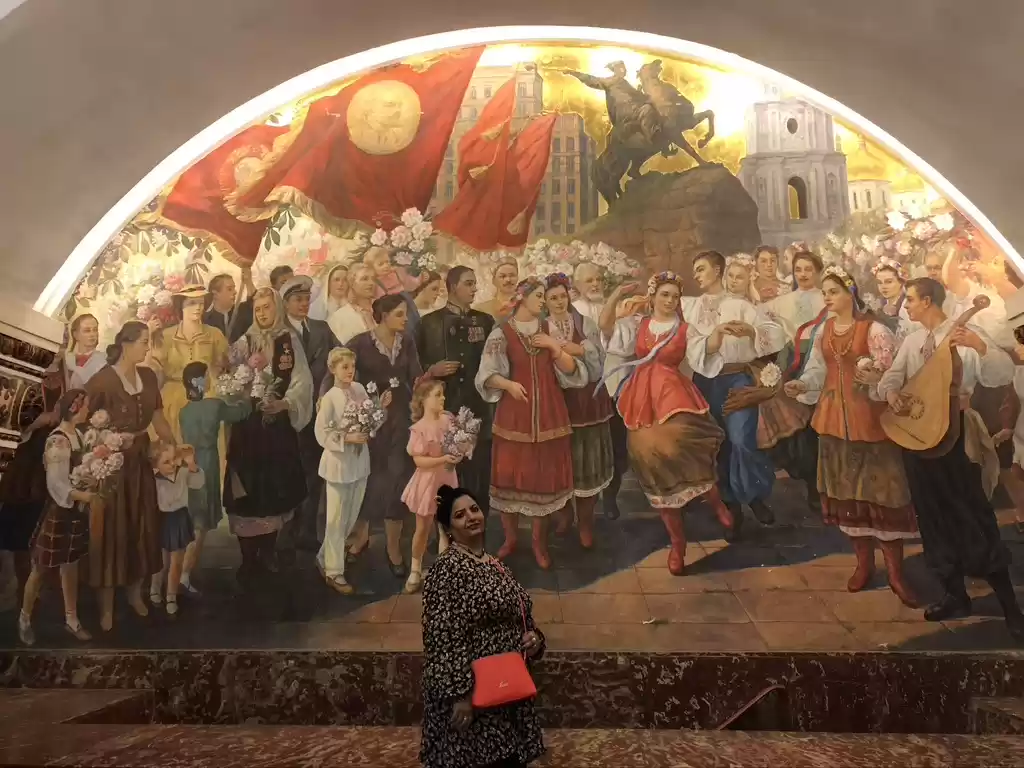
Hermitage means the dwelling of a hermit. Quite contrary to the meaning of the word, Hermitage is also the name of the largest and the richest museum of Russia. This grand art and culture museum is situated in St Petersburg, the cultural centre of Russia. A visit to St. Petersburg is incomplete without a visit to the Hermitage Museum just as a visit to Moscow is incomplete without a visit to the Red Square and Kremlin.
With more than three million works of art and artefacts of the world culture, Hermitage Museum is an art lover's paradise, rivalling with museums such as the Louvre in Paris or El Prado in Madrid.

The Hermitage Museum is spread across a number of buildings situated in the centre of St Petersburg. The main museum complex consists of five interconnected buildings, including the Winter Palace, the Small, Great and New Hermitage, and the Hermitage Theatre.
Separated from the main complex are other buildings like the General Staff Building, the Auxiliary House, Museum of the Imperial Porcelain Factory and the Menshikov Palace.
As you may have guessed, with such a wide architectural ensemble, it is impossible to cover all the important sections in a day. It is said of Hermitage Museum that even if you spent a minute on every piece, it would take you 11 years to look at all the collections of the museum.
I could barely see parts of 3 sections of the Museum in two half-days. I would say that if you have the time to see only one section of the Hermitage Museum, the Winter Palace it must be. It gives you a feel of the lavish lifestyle of the Tsars of imperial Russia.
The History of Hermitage Museum and Winter Palace
This former state residence of the Russian monarchs from 1762 till February 1917 has been associated with the most important events in the Russian history.

Here goes a story about its construction.
The Winter Palace was commissioned by the Russian Empress Elizabeth Petrovna in 1753. The Empress regarded it as a symbol of national prestige. So obsessed was the Empress with its rapid completion that she had allocated a huge amount of resources to its construction, despite Russia being involved in an ongoing Seven Years' War that involved all major European powers. The war had subjected the Russian people to heavy taxes. Yet, when the cost of the project far exceeded the budget, and work was about to stop, the empress, further increased the taxes on salt and alcohol to fund the extra costs. Eventually, the work was completed in 1759, shortly after the death of Empress Elizabeth.
The name Hermitage was introduced in 1764 by Empress Catherine II, who ordered to add a building adjoining the Winter Palace, to serve as the private gallery for her massive collection of art, and also to seclude herself with her closest confidants. That's where the name "Hermitage" comes from.
In 1837, the palace was severely damaged by fire and immediately rebuilt. The museum was first opened to the public on 7 December 1852.
Winter Palace - Dazzling display of art, architecture, Russian history and culture
Designed in the Baroque style by an outstanding Francesco Bartolomeo Rastrelli, the mint green and white façade of the elongated rectangular building along the bank of River Neva is recognizable from a distance. Carrying our tickets that we had booked online, we enter the Winter Palace from the gate on the side facing the River Neva.

The palace is said to have 1500 rooms, of which 1000 rooms are converted into the museum and art galleries. Passing through the galleries on the ground floor, we marvel at the magnificent display of antiquities and sculptures.
Turning right from a corridor, we arrive at the famous JORDAN STAIRCASE. This is the most spectacular staircase that one can think of. It was used for receiving the distinguished visitors to the Royal Winter Palace. The grandeur of the white marble staircase with gilded panels, delicate mouldings on the wall, marble sculptures and exquisite paintings on the ceiling leave the visitors spellbound.

The staircase is one of the few parts of the palace that retains the original 18th-century style.


Awestruck by the sheer elegance of the staircase covered with a red carpet in the middle, we keep taking the pictures as we move up to the first floor. The majestic rooms on the first floor reflect the remarkable wealth and extravagant tastes of the Romanov Tsars. Dark green malachite columns contrasting the white marble, support a golden canopy in a hall just opposite the staircase.



Ornate golden chandeliers diffuse light through the intricately carved frames. Deep red velvet embroidered with the Romanov eagle, cover the walls in the Small Throne Room, dedicated to Peter the Great.
 .
.
In another hall, we saw portraits of the Romanov Emperors. Dresses of the royal family were displayed as a part of an exhibition in a hall.
The grandiose of the palace walls is so overwhelming that I could not imagine what the Treasury Gallery with the Golden Room and a Diamond Room would look like. Anyways, we had to skip the Treasury Gallery as it can be visited only with a Guide.
The Hermitage Museum Complex and Palace Square
After coming out of the Winter Palace, we decide to take a walk around the museum complex. On the way, we see the Small Hermitage, the New Hermitage, and the Great Hermitage. The Small Hermitage was designed combining the features of the Late Baroque style with Early Classicism. The New Hermitage Museum is conspicuous by its portico at the entrance, with figures of athletes carved in granite, holding up the ceiling. The Great Hermitage building has no columns or pilasters on the exterior. Though the simplicity of its appearance is starkly different from the Winter Palace, the building harmonizes with the existing palace complex. Italian Renaissance art is displayed inside the Great Hermitage.



We stroll around in the Palace Square for sometime after the Museum closes down.
On the next day, I return to the museum to see the other section. I am surprised to see the huge queue of visitors to the museum. Thankfully, my ticket allows me to avoid the queues. I start with the General Staff Building, which is right opposite the Winter Palace on the other side of the Place Square.
The General Staff Building
Designed in the Russian Classicism style of by architect Carlo Russi, and built between 1820 and 1830, the General Staff building exhibits the art of the 19 th - 21 st century. On the exterior, two separate buildings are connected with an arch, which is the symbol of Russia's glory and military triumph.


Near the entrance, there is a virtual reality show, in which people are virtually visiting the different sections of the museum to see the exhibits. I decide to walk in. Collections of Russian and European decorative art, paintings and sculptures from the 19th and 21st centuries as well as contemporary art are displayed in the General Staff building. Among the display of jewellery pieces, there are clocks, easter eggs, jewels of the imperial crown in the Carl Faberge Hall. A walk through these pavilions acquaints the visitors with the different artistic trends prevailing in France, Russia, Austria, Germany, and other parts of Europe in the 19th and the 20th century.



After seeing some pavilions on the different floors, I head towards the Menshikov Palace.
Menshikov Palace
The palace of St. Petersburg's first Governor Alexander Menshikov is on the other side of the River Neva. The Menshikov palace was the most luxurious building in St Petersburg of Peter's time and is now a part of the Hermitage Museum. Works of fine arts, decorative and applied arts from the Hermitage collection recreate the original interior decoration of Peter the Great's time.


A view of the main Hermitage complex from the Menshikov Palace.
It was time for the Museum to close. I had to completely skip the Porcelain factory, Hermitage Theatre or the Restoration Centre. Though I could barely see parts of 3 sections of the museum, nonetheless, it was a hugely enriching and amazing experience that left an overbearing impression about Russia's history, art and culture.
Travel tips for a visit to the Hermitage Museum
Hermitage Museum is closed on Mondays Online tickets are more expensive than tickets purchased at the counter but it is worth the comfort if you want to avoid the queues, Entry to the Winter Palace is not included in the one-day online ticket. If you do not want to miss the Winter Palace, you would need to purchase a two-day ticket online. You are not allowed to take foodstuff or water inside the Museum. It is advisable to wear comfortable dress and shoes as you would need to walk a lot.
Whether or not you are an art lover, the super impressive architecture and the mind-boggling grandeur of the Winter Palace is likely to overwhelm your senses,
Like this post? Pin It!

References: https://www.hermitagemuseum.org

